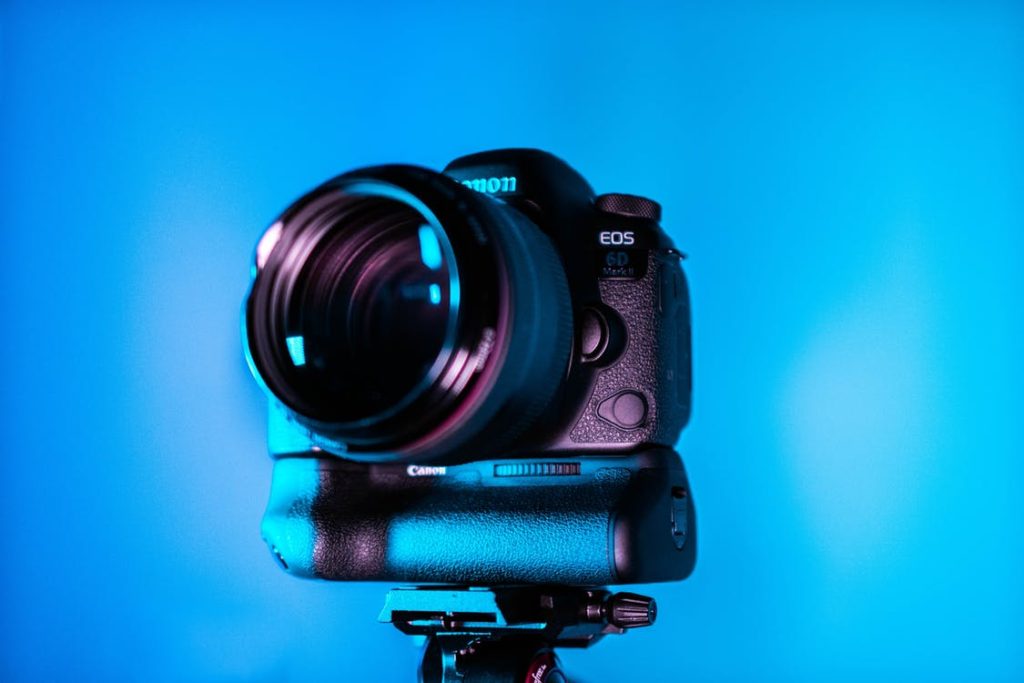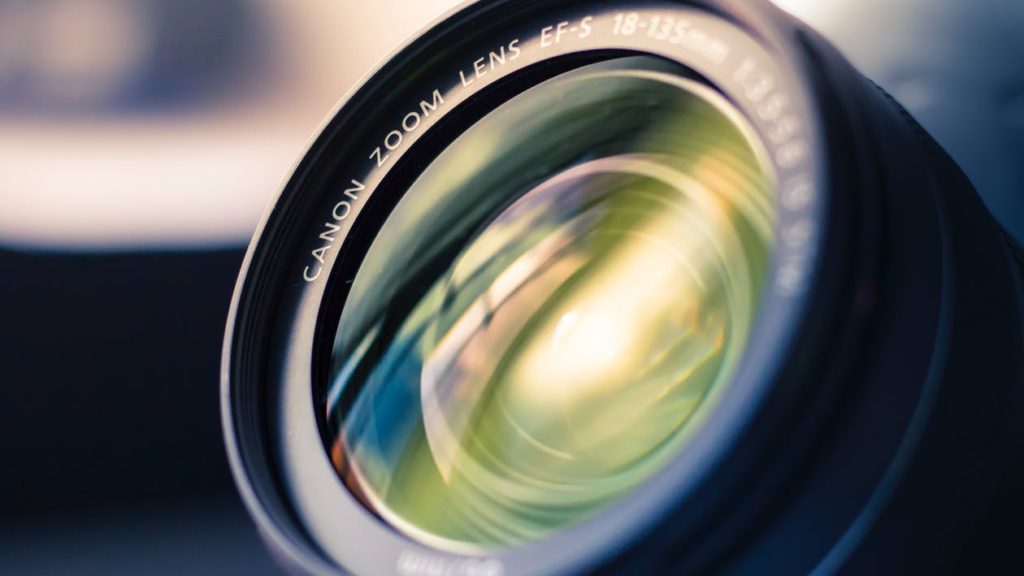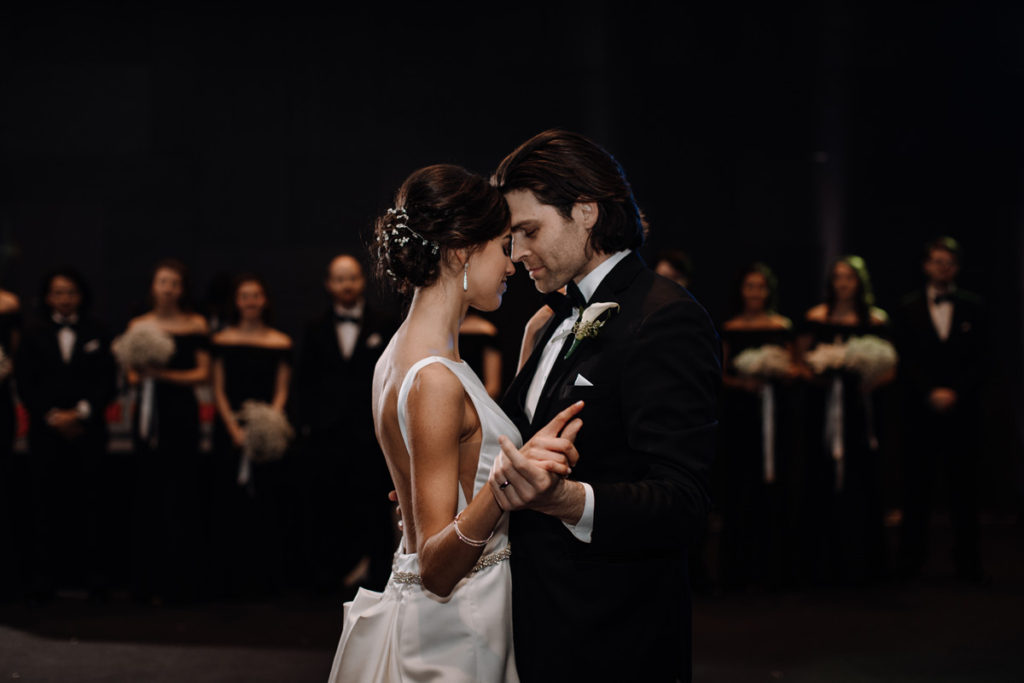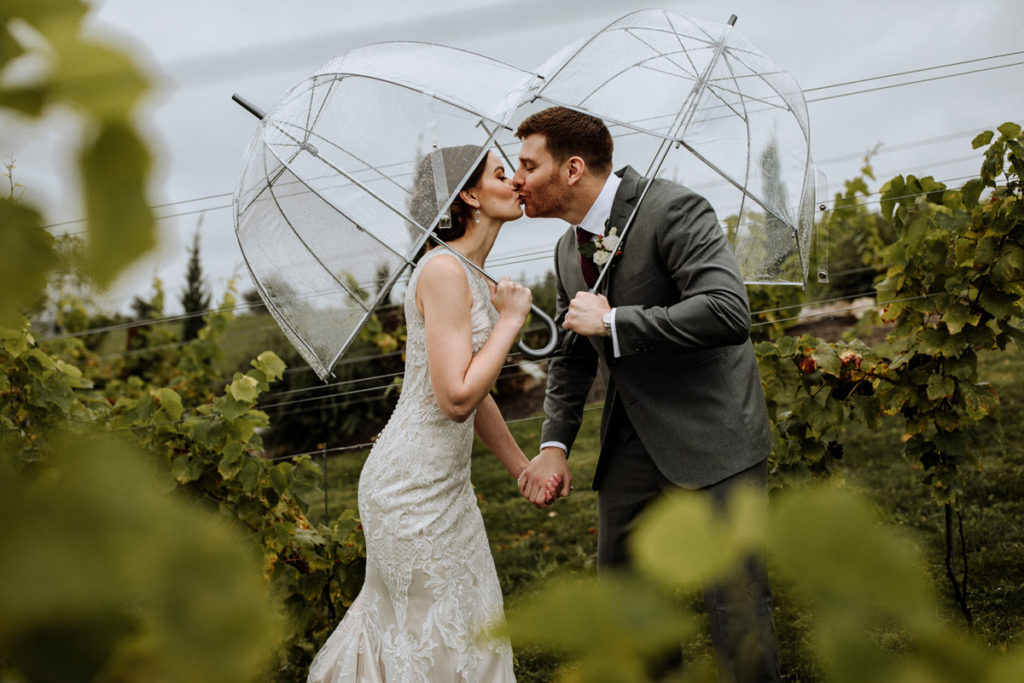Last Updated: February 14th, 2020
With plenty of wedding photography clients booked over the past few years, we’ve come to get very acquainted with the equipment we are using to take great photos for our clients.
Early on, it was tough as we had to be selective in the gear we were purchasing and using as we had to do things on a budget. As we grew our wedding photography business, we started to invest more into higher quality equipment so we could capture great shots in any environment. This means that we can not only tackle taking photos in perfectly lit locations or during Golden Hour light, but we can also handle taking pictures in cramped hotel rooms, harsh mid-day sun, and dark reception halls.
It turns out, wedding photography is made a lot easier through ample preparation. Having your gear bags packed with the most effective gear makes that side of the day very simple. If you pair good quality gear with a wedding timeline and some experience, you’ll be as good as gold!
We have already put together a comprehensive list of our essential equipment. Over the years, we’ve used a lot of gear, sold a lot of gear we didn’t care for, and now use a solid kit that helps us get great photos without sacrificing the ease of use. For this post, we’ve assembled a great wedding photography gear checklist that you can refer to when it comes to pack your bag. Feel free to bookmark this page and return to it in the future!
1). The Main Camera(s)
 Every professional wedding photographer should use a pro level camera. It’s as simple as that.
Every professional wedding photographer should use a pro level camera. It’s as simple as that.
Most cameras can be great in ideal conditions, but only the top level equipment will work for wedding photography. The reason for this is because weddings bring with them a wide range of shot types (think: portraits, candids, close ups, wide shots of a venue, etc.), environments, and lighting.
With this in mind, the main camera you are working with should be of the highest quality. While it’s true that “gear is not everything”, good gear will help you get yourself out of a bind much better.
If you are a wedding photographer on a budget, we suggest investing first-and-foremost in a quality camera body.
2). A Spare Camera
Because of the unpredictability of the wedding day, having a spare camera is also a necessity. It is essentially a real-life insurance policy. We always hope we don’t need to use ours, but are glad to have it on hand in case our main camera would stop working for some reason.
While some people may suggest that your spare camera can be of a lower quality, we’d advise against this. The reason is because if your main camera stops working, you don’t want your photos to be entirely different when shot on a more budget camera body.
There are some exceptions if you are still dealing with a similar tier of pro level cameras. For example, you shoot with a Canon 5D Mark IV as your main and use a Canon 5D Mark III as your backup. While there are differences, the cameras are similar enough that you aren’t sacrificing quality in any significant way that would be noticeable to your client.
3). Lenses for Every Situation
 After your camera, the lenses you are working with are critical to capture the wedding day effectively.
After your camera, the lenses you are working with are critical to capture the wedding day effectively.
Having shot in a wide range of locations, we’ve really come to nail down what lenses we want to use in different scenarios. This has actually even led to us putting away lenses we once really loved (like the Canon 135mm f/2 prime lens), not because it’s a bad lens, but because it just doesn’t suit the wedding day for us.
While every wedding photographer will have their set of preferred lenses, our choice of lenses comes down to a few simple things:
- Lightweight
- High quality
- Flexible
Not every lens we have meet all 3 of these criteria – but every lens we shoot with on a wedding day meet at least one of these things. To do this, we have a combination of telephoto zoom lenses and prime lenses.
The most flexible lenses are the zoom lenses. To some extent, we sacrifice a little bit of image quality and the ability to shoot really wide open for convenience. This is essential when shooting the ceremony (as an example), because we don’t want to be rushing to our camera bag to switch our lens all the time. The Canon 70-200mm f/2.8 is really perfect in this sort of environment. Alternatively, our prime lenses are there for specific purposes. The Canon 85mm f/1.2 lens, for example, is really perfect for portraits throughout the day.
Related: What Canon Lens is Best for Wedding Photography?
4). Flash & Lighting Equipment
 Flash and lighting equipment in general is one of the areas we know to be the most concerning for a lot of photographers. Even a great natural light photographer can feel overwhelmed once they go inside a dark reception hall or church and don’t know how to use this type of gear.
Flash and lighting equipment in general is one of the areas we know to be the most concerning for a lot of photographers. Even a great natural light photographer can feel overwhelmed once they go inside a dark reception hall or church and don’t know how to use this type of gear.
To make it much, much easier for you…we want you to approach lighting gear like this:
- Educate yourself on all the options available
- Start small
- Practice, practice, practice
While we use a really great pro flash setup including a number of on camera speedlites and off camera monolights (as well as some additional static lights in some instances), we didn’t start our wedding photography career with a complex setup like this. Frankly, we started with some cheap on camera flashes from Yongnuo that are actually great quality (and we still recommend – especially for beginner wedding photogs).
One way you can really enhance your lighting is by getting a good quality diffuser. There are many types available, but for on camera flash we suggest the Gary Fong Lightsphere.
If you’re interested more in the specific gear we recommend, check out our Resources page where we lay out a few flash setups. One is designed for photographers on a tight budget, while another is the setup we currently use at a much higher price point.
Related: Is It Possible to Shoot a Wedding Without a Flash?
5). Memory Cards & Batteries
Ah, memory cards and batteries. These are probably the least exciting things for wedding photographers to worry about, but the most serious things if you aren’t using good quality ones or don’t have enough on hand to get through the day.
To give some perspective, we have about 20 SD cards (not that we need them all for a single wedding, but we always keep the photos backed up on them until our photo editing & online gallery delivery is done) and around 15 camera batteries. Why so many? Because it can be hard to predict how many you will need throughout the day. Things like cold weather or using a flash more than expected can really eat into your battery power, so having backups is essential.
We actually wrote a comprehensive post about finding the best speedlight batteries if that is something you need. This is one area we struggled with ourselves, and we found a great product that has served us well!
6). Tripod & Light Stands
Your need for a tripod and light stand will be dictated by your photography style.
If you have no need to stabilize your camera with a tripod, you don’t need one. We recommend having one, even a cheap one, mostly for artistic shots. For example, we often like to take shots of a venue at night with a long exposure so we can capture stars and light trails. This type of shot requires a tripod. Others use them to get more crisp portrait shots too.
For light stands, just buy well reviewed ones to accompany the number of off camera flashes you plan to use.
7). Camera Bag
 As you come to require a decent amount of photography gear to shoot a wedding, a good camera bag will be very valuable to make it easier to transport and access this stuff more easily. We’ve actually done is a good amount of (unexpected) testing in this area as we have had multiple bags that didn’t work out for us (one that we liked even ripped the first time we took it out of the house!).
As you come to require a decent amount of photography gear to shoot a wedding, a good camera bag will be very valuable to make it easier to transport and access this stuff more easily. We’ve actually done is a good amount of (unexpected) testing in this area as we have had multiple bags that didn’t work out for us (one that we liked even ripped the first time we took it out of the house!).
With this said, a few bags we can recommend include:
- Bagsmart Anti-Theft Professional Gear Backpack – this is a great photo gear backpack. It is comfortable and can fit two cameras, multiple lenses, a flash, and other accessories. This bag is also suitable for air travel as it meets the requirements to be brought on as a carry on.
- House of Flynn Waterbound Evermore Bag – this is a more stylish bag that can transfer from a backpack to an over-the-shoulder bag. It’s great quality and can store a whole lot of equipment. If you purchase this (or anything else) through our link, you will receive 10% off your order too!
8). Lens Cleaning Kit
Chances are you already have a lens cleaning kit lying around. From buying various cameras and lenses in kits, we’ve come to be owners of like 10 of these. As prep for wedding photography, we highly suggest cleaning your camera lenses. You can gently blow off dust particles and wipe down the glass with a cleaning solution.
9). Rain Cover & Umbrella
 Unless you are super lucky, at some point in your wedding photography career you’re going to end up having to work around bad weather. If you’re prepared, rain (or snow) can really add something great to wedding pictures!
Unless you are super lucky, at some point in your wedding photography career you’re going to end up having to work around bad weather. If you’re prepared, rain (or snow) can really add something great to wedding pictures!
For your camera, it’s a good idea to pick up a rain cover. There are many expensive options out there, but one of these cheap rain covers work absolutely fine. It is also a smart idea to bring around an umbrella for yourself – and maybe an extra one for the couple as well 🙂
10). Accessories
The last things that should be included on your wedding photography gear checklist are the little things that can make a big difference in your photos. The sky is the limit when it comes to accessory items, but a few things we bring along to make our images that much better include:
- Copper piping. This is to achieve the Ring of Fire effect during sunset.
- Crystal Prism. When placed in front of the camera lens, you can create some really cool effects.
- String Lights. These can add a neat effect. They’re particular great to use during the winter to spice things up a little bit given how dull things can come to look.
- A nice dress hanger & suction cup hooks. Having these things on you can enable you to take dress shots at a larger range of locations, and that are more attractive to look at. A simple wooden hanger is much nicer than the plastic ones that come with most dresses.
There are definitely other things you can consider bringing along as well.
[amazon_link asins=’B016F1M59G,B00FHFV9AI,B071LH6F2H,B01FQZCWKE,B06VX2X433′ template=’ProductCarousel’ store=’ffl0d-20′ marketplace=’US’ link_id=’41e25d1f-5391-41ae-b19a-8e57bdb10fb6′]
Our wedding photography gear checklist is easy to follow. Most of the equipment you need to be successful is common sense. It is, however, important for you to make sure you have everything packed! So if you need some new gear, pick some up. When it comes to shooting a wedding, we suggest you pack in advanced. We often do it the night before, then double check the bags in the morning! This way, we know we have everything we need, and that it’s coming along with us to do our job!!